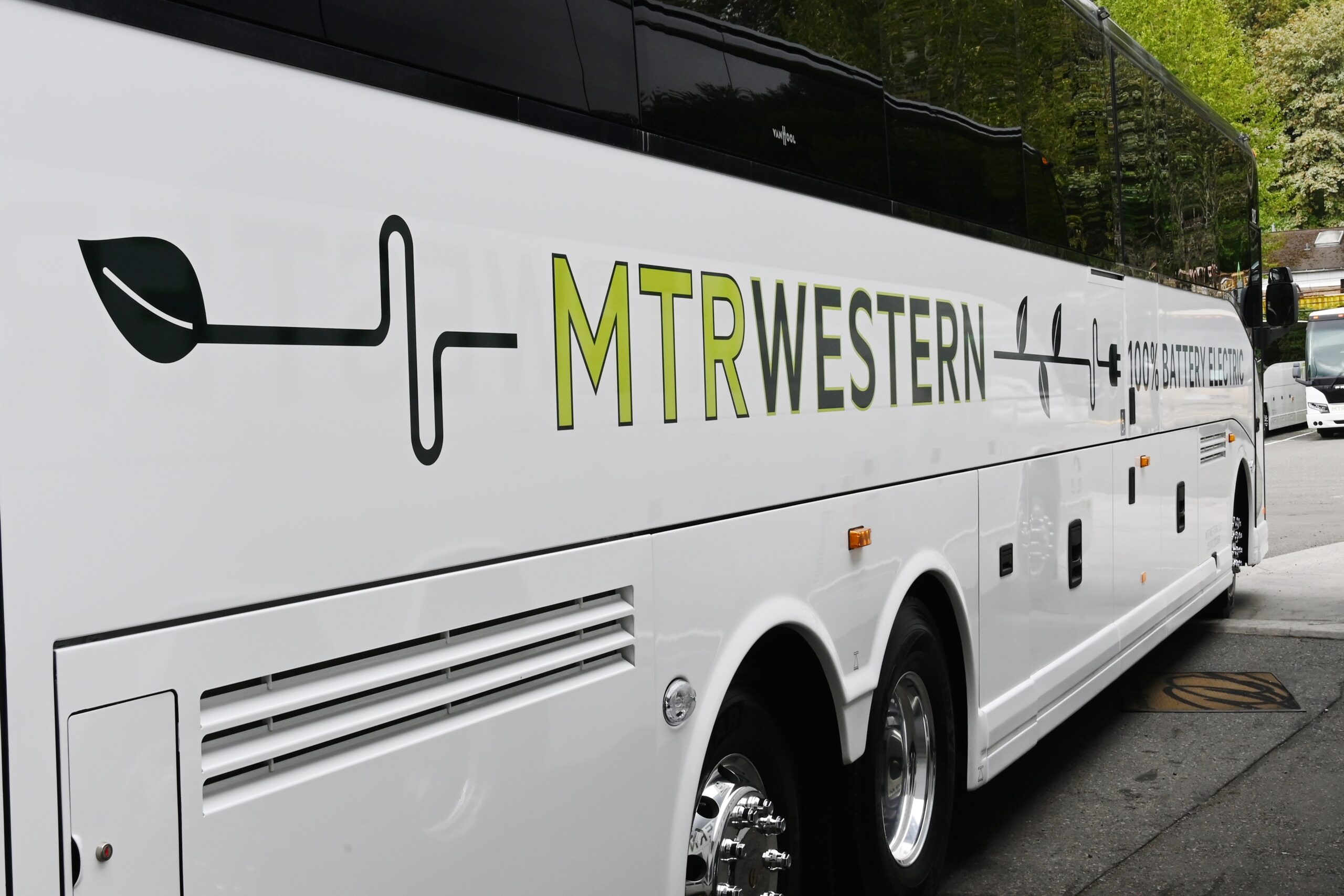To stave off compounding climate risks as our planet inches toward warmer temperatures and to stay technologically competitive in a global electrification race where the United States is lagging behind, it is imperative to have a state and local government that not only supports, but incentivizes a clean energy future. While we may not have that luxury any longer at the national level, it exists here in Washington.
In Washington State, voters overwhelmingly voted against Initiative 2117, the referendum on the “cap and invest” program the state legislature enacted in 2020. Since the program started, Washington has repurposed $2.2 billion from heavy polluters and applied those funds successfully to meaningful environmental programs. There are huge wins in there for Washington thus far, but there’s more to be done. Especially in the transportation sector, which accounts for 46% of all greenhouse gas emissions in the state.
If Washington State is serious about hitting its carbon neutrality by 2050 goal, to realize a clean transportation sector, Washington will need to electrify light duty passenger vehicles and medium and heavy-duty vehicles (MD/HD). Yet, despite allocating $120 million for MD/HD electrification in a 2023 to 2025 budget, companies interested in helping along that transition don’t have that money.
The state will need private fleets to electrify their vehicles as a result, and this will take many hundreds of millions of dollars. California, using its Cap and Trade program, has allocated nearly $1 billion to this type of work and as a result has over 7,700 zero-emission trucks and buses, the most in the country.
Right now, it’s easier for a Washington-based company to make waves in Oregon—a state that doesn’t even have a cap and invest program—and that’s frustrating. It’s also stifling Washington businesses looking to invest in innovative clean technology such as electric vehicles.
 As the president of MTRWESTERN, I’m excited to continue our progress of creating a more sustainable fleet, but it’s been difficult to expand as much as we want in our home state. Currently, few electric MD/HD vocational vehicles from private fleet operators are on Washington roads except for MTRWESTERN’s motorcoaches.
As the president of MTRWESTERN, I’m excited to continue our progress of creating a more sustainable fleet, but it’s been difficult to expand as much as we want in our home state. Currently, few electric MD/HD vocational vehicles from private fleet operators are on Washington roads except for MTRWESTERN’s motorcoaches.
A typical diesel motor coach costs around $625,000. A zero-emission electric motorcoach costs around $1.25 million. Back in 2022, with our own funds and with no incentives except a $40,000 federal tax credit that didn’t even cover a Federal excise tax of $132,000, we decided to become the first to buy and implement an electric motorcoach. Amtrak deployed that coach as the country’s first electrified intercity bus route, operating daily between Seattle and Bellingham.
You can’t build electric fleets without chargers. Seattle City Light’s Fleet Electrification program allowed us to purchase one three-port DC fast charger station. For a robust electric vehicle future, we’ll need more charging to put a dent in electrifying our fleet. And when new higher-powered dual-port chargers cost $160,000 each – representing solely the charger hardware cost sans installation, it’s challenging to mitigate that financial risk without incentives. Other businesses in Washington will encounter the same challenge, and many will have a steeper hill to climb.
In Oregon, things are rosier. Oregon opened up funds won from Volkswagen’s mitigation settlement to private businesses and vocational vehicles. The state also funded a $15 million MD/HD charging infrastructure pilot program. We secured three grants to purchase 10 electric motorcoaches—20% of MTRWESTERN’s Portland fleet—that each cost $1.25 million. The goal is to continue to grow our electric fleet in alignment with the investment in development of charging infrastructure.
However, this takes time. A lot of it. A single fleet electrification project takes years to complete. For example, MTRWESTERN won our first electric motorcoach grant in 2022 and will not see our first coaches in Oregon until the charging project, which was awarded charging infrastructure funding in 2023, kicks off in March 2025. We’ve had to build new relationships with a variety of players in the industry, navigate a laborious utility approval process of 13 months, wait over 20 months, just for charging infrastructure components to arrive – a total timeline approaching 3 years. That’s why we need to act now.
Given the long lead times for an electric transportation transition and the short timeline we have to make meaningful impact in the race against global warming, we’ve waited long enough. We need to get started in Washington. When 62% of voters rejected Initiative 2117, it signaled that Washingtonians are ready for progress. So are Washington businesses. Like our company, other Washington businesses have been sitting on the sidelines waiting and ready to do this work.
The state government already led on the cap-and-invest program and weathered a referendum campaign, but now we need them to finish the job. That starts with the money from the program going toward zero-emission transportation. Our clean, electric future depends on it.
Jeremy Butzlaff
President, MTRWESTERN








